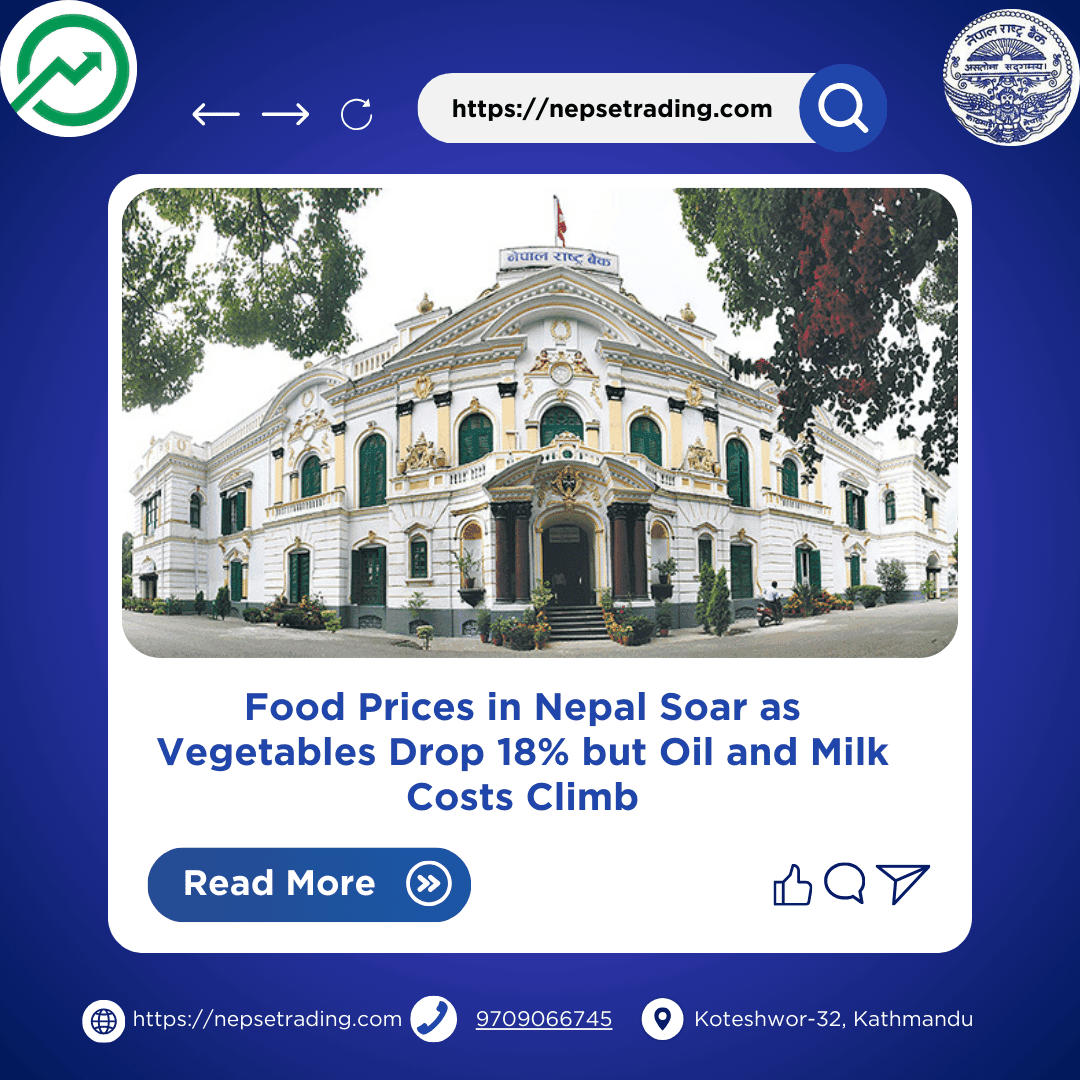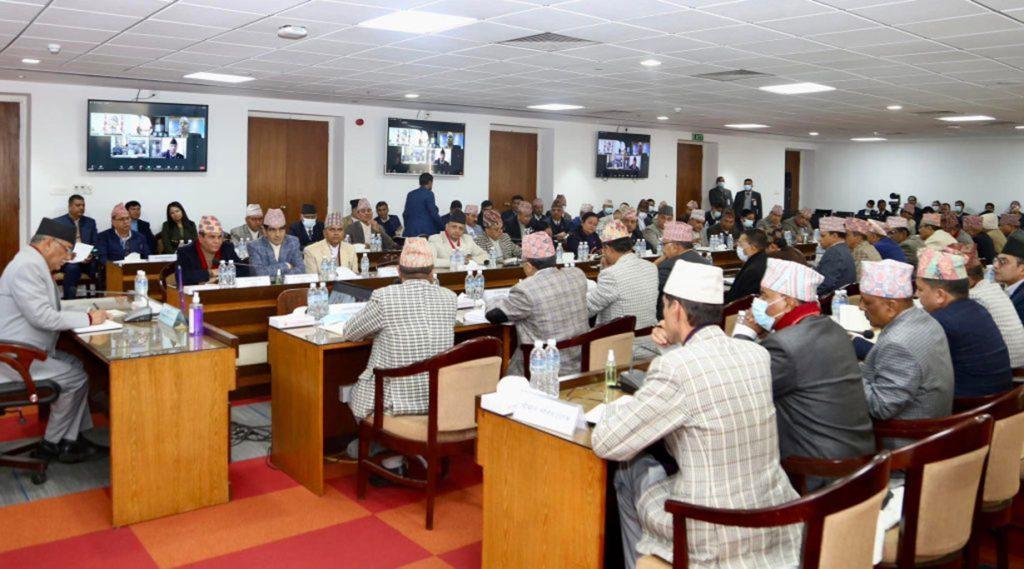By Sandeep Chaudhary
Food Prices in Nepal Soar as Vegetables Drop 18% but Oil and Milk Costs Climb

In the first month of FY 2025/26, Nepal’s food price trends showed a sharp divergence across categories, reflecting both seasonal effects and structural inflationary pressures. The Food and Beverages index, which makes up over one-third of the overall CPI basket, stood at 103.42, slightly up by 0.62% from the previous month but down by -2.28% compared to last year.
The standout change came from vegetables, which recorded a dramatic -18.56% year-on-year fall. This sharp drop provided temporary relief for consumers, especially in urban markets where vegetable price swings are felt most. Similarly, spices (-4.81%) and meat and fish (-2.41%) also declined, easing the burden on households.
However, not all food items moved downward. Ghee and oil surged by 10.97%, becoming one of the most inflationary food products this season. Milk products and eggs rose 1.83%, while fruit prices climbed 3.01%, keeping consumer spending pressure elevated. Cereals, the staple of Nepali diets, remained persistently high, with a 9.15% increase over three years, though slightly easing compared to the previous year.
Overall, while falling vegetable prices have temporarily lowered household kitchen budgets, the rise in oil, milk, and fruit costs signals that structural food inflation remains a concern, especially as global oil trends and domestic supply bottlenecks continue to influence Nepal’s food market.









